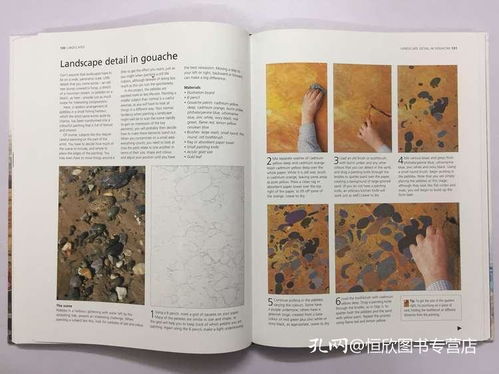Introduction:
Wild fishing, with its serene environment and the thrill of the catch, is a cherished pastime for many anglers. One of the key elements to a successful wild fishing experience is mastering the art of baiting and catching. In this article, we delve into the essential wild fishing techniques, focusing on how to effectively set up your bait and increase your chances of reeling in a big one.
Understanding the Basics of Baiting:
Before you can start fishing, it's crucial to understand the basics of baiting. Baiting is the process of attracting fish to your fishing spot by providing them with food. Here's how to do it effectively:
Choose the Right Bait:
The first step in successful baiting is selecting the right type of bait. The type of bait you choose depends on the species of fish you're targeting and the environment you're fishing in.
- Live Bait: Live bait, such as worms, minnows, or crayfish, can be highly effective as it moves naturally in the water, triggering the fish's predatory instincts.
- Artificial Bait: Artificial baits, like lures or flies, mimic the movement of real prey and can be used in various fishing conditions.
- Natural Bait: Natural baits, such as bread, corn, or fruits, are often used for panfish and can be a cost-effective option.
The Importance of Locating Fish:

Before you start baiting, it's essential to locate the fish. This can be done by observing the water's surface for signs of fish activity, such as ripples or bubbles. You can also use a fish finder or consult local anglers for hotspots.
The Right Baiting Technique:
Once you've located the fish, it's time to set up your bait. Here are some common baiting techniques:
- Drop-and-Wait: Drop your bait into the water and wait for the fish to bite. This method is best used when you're not sure of the fish's location.
- Drifting Bait: Attach your bait to a float and let it drift naturally in the current. This technique is often used in rivers and streams.
- Trolling: Trolling involves moving your boat with the bait in the water, which can attract fish that are following the boat.
Advanced Baiting Techniques:
For those looking to elevate their wild fishing game, here are some advanced baiting techniques:
Stacking Bait:
Stacking bait involves placing multiple baits in a concentrated area to create a feeding frenzy. This technique is particularly effective for species like catfish and carp.
Chumming:
Chumming is the process of throwing small pieces of bait into the water to attract fish. This method is often used in saltwater fishing and can be very effective for catching larger fish.
Using a Variety of Baits:
Experimenting with different types of bait can help you understand what works best in your fishing environment. Sometimes, a mix of live and artificial bait can be the key to success.
Catching Techniques:
Once you've set up your bait, the next step is to catch the fish. Here are some essential fishing techniques:
The Right Equipment:
Using the right equipment is crucial for successful fishing. Make sure you have a suitable rod, reel, and line for the species you're targeting.
Patience and Timing:
Patience is a virtue in fishing. Wait for the fish to bite naturally, rather than forcing the action. Timing is also important; fish are more active at certain times of the day, so it's best to fish during these periods.
Proper Lifting:
When you feel a bite, lift the rod gently but firmly. Avoid sudden movements, as this can spook the fish.
Conclusion:
Mastering the art of wild fishing, particularly the techniques of baiting and catching, can transform your fishing experience. By understanding the basics, experimenting with different baiting methods, and honing your fishing techniques, you'll be well on your way to becoming a skilled angler. Remember, the key to success lies in patience, observation, and a willingness to learn from each fishing trip. Happy fishing!












